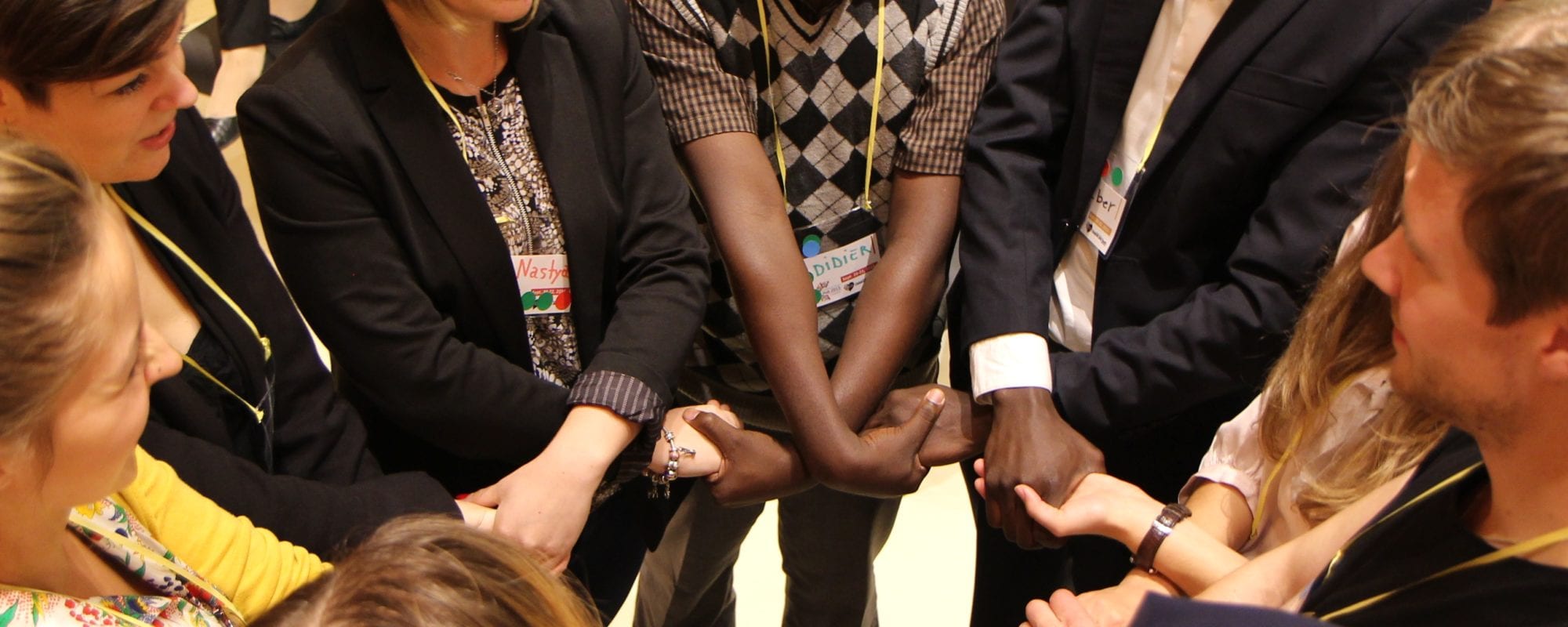How our mentor, Kat taught the adults in the room the importance of taking a step back and allowing our young people to lead.
Before we get into the second step of mentorship, let me share another experience I’ve had with a school.
During the mentorship calls, there is often a teacher supervisor in attendance. They usually listen in, add comments, and connect students to the school’s network and administration. But this school was different. Before any of the students had a chance to introduce themselves, the teacher began a monologue on everything that she was doing for the community.
When I asked students on what they thought about their teacher’s project ideas and results, the teacher interrupted and said, “I think the students think…” This was frustrating because the purpose of mentorship is to empower youth directly and give them an opportunity to develop and practice their systemic problem-solving skills.
By speaking on behalf of the students and taking control of their action projects, she was taking away a valuable learning opportunity from them, defeating the purpose of meaningful youth engagement.
Yes, every parent and teacher wants their youth to grow. But they want this growth to be done their way. This is a mistake. If adults continue to do everything for youth, youth start to believe that they are not competent enough to be trusted; that they can’t do anything meaningful independent from an adult supervisor; and that it is okay to ‘sit back and let the adults deal with it’.
We’re trying to combat this mentality.
During the call, I had to pause our meeting and suggest that the teacher allow others to speak. She got defensive because she said the reason she was speaking was because the students were shy. But after she stepped back, we both found out that this simply wasn’t the case.
The students had many ideas and opinions about the project ideas, from innovative ways to revamp the school’s recycling program to really wanting to perform an energy audit of the school to discover ways to reduce energy usage.
Looking at the supervisor, she seemed shocked that the students were able to contribute so much. But we should not be shocked by the realization that youth have good ideas, but shocked at ourselves for not listening to them sooner.
Meaningful youth engagement means more than just getting students out of their desks and off their phones. It means teaching them valuable skills. Skills that they can use as tools when they begin to build even bigger and better things. This starts with taking youth, and their opinions and ideas, seriously. This starts with giving students the opportunity to speak for themselves. This starts with the adults in the room trusting our youth and giving them the room to experience and learn through projects.
This starts with young people not only acting as beneficiaries, but active agents in creating the future we want.

